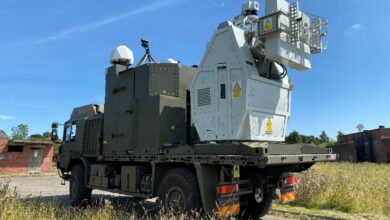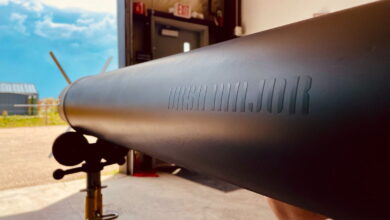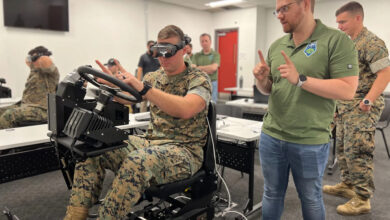US Air Force Tests Smartphone Application for Joint Medical Documentation
The US Air Force is testing a smartphone application documenting soldiers’ en-route and point-of-injury care.
The Battlefield Assisted Trauma Distributed Observation Kit (BATDOK) is an integrated electronic health records solution developed by the Air Force Research Laboratory (AFRL) to replace the traditional pen-and-paper approach of recording injuries and medical requirements during warfare.
Alongside patient and event documentation, the system provides information on injury types and their respective treatments.
Ensuring Warfighters ‘Come Home Alive’
Work for BATDOK supports the US Department of Defense’s Joint Operational Medicine Information Systems (JOMIS) program, an initiative seeking more comprehensive health capabilities and services for soldiers deployed on operations.
According to the US Air Force, the kit was initially conceptualized to bridge gaps in Air Combat Command battlefield documentation.
It was later transferred to a US Defense Health Program with funding from the Air Force Medical Service.
“We’re dedicated to making someone else’s job easier who is facing the chaos of war,” AFRL 711th Human Performance Wing Lead Engineer Dr. Gregory Burnett said.
“With BATDOK, we are providing [medical providers] with a tool that assists in performing the most critical mission: making sure our service members come home alive.”

Progressing Operational Medicine Technology
Military medics started fielding BATDOK in 2016, while the platform’s operational deployment commenced in 2019.
In 2022, BATDOK was selected as part of the JOMIS program during the US Defense Health Information Technology Symposium in Orlando, Florida.
As of this year, the system has been employed in all US military services. Allied forces in Australia, Morocco, and the UK have also tested the application.
“We’ve witnessed a big uptick in BATDOK’s inclusion and adoption into various joint exercises,” Burnett said.
“Each of the services is layering BATDOK into their pipelines and overarching planning strategy for modernizing operational medicine.”
Application for All
Throughout its development, AFRL experts leveraged joint medical community feedback to enhance the tool’s effectiveness for all US military services.
Further insights were collected from combat medics, ground surgical teams, and transport personnel to tailor the interface for potential users while “refining and expanding” its capabilities.
Updates are being applied every two weeks to sustain its care support for evolving patient needs.
“Every button, menu and look of BATDOK has been designed with the joint community’s involvement and end user input. This has allowed us to increase the user acceptance as well as its intuitive nature,” Burnett explained.













